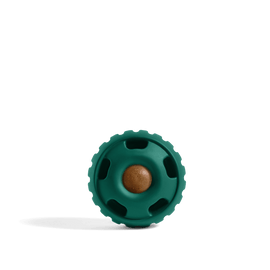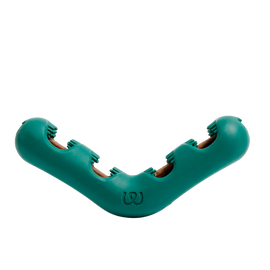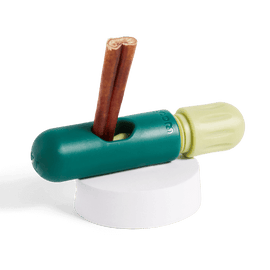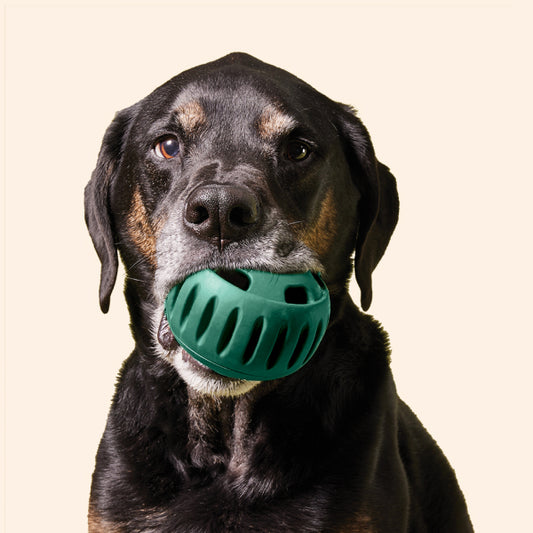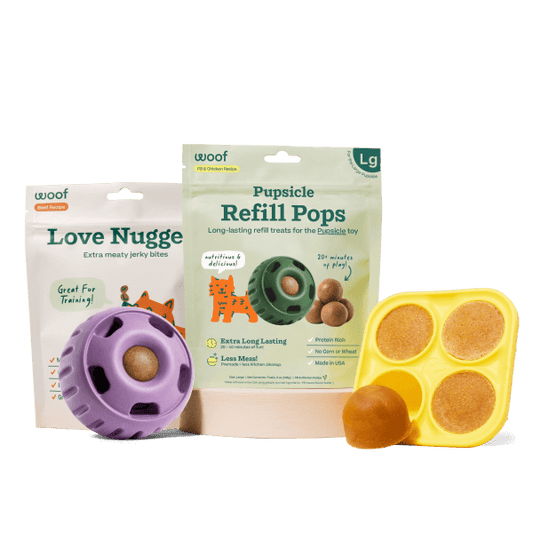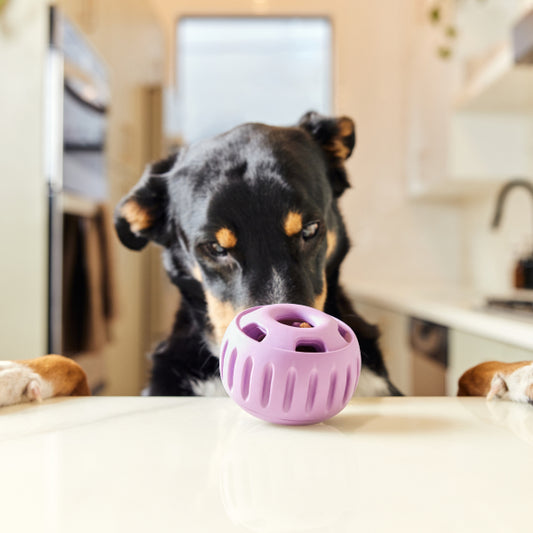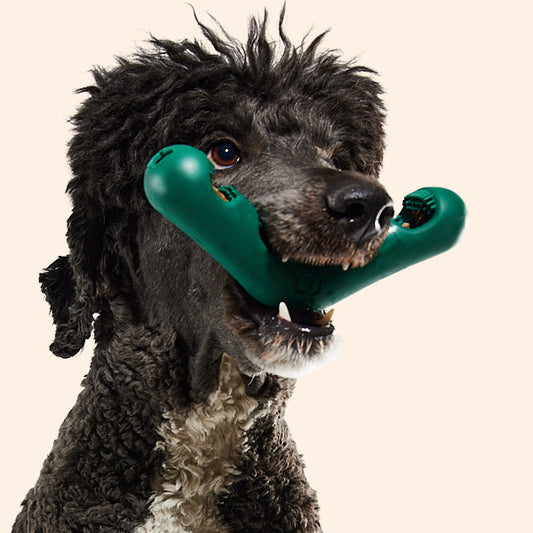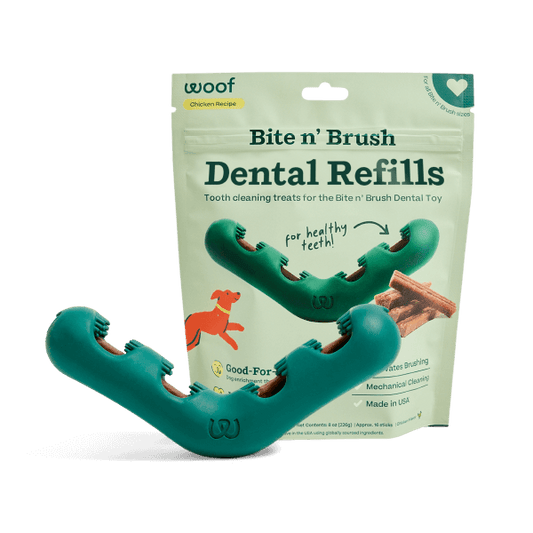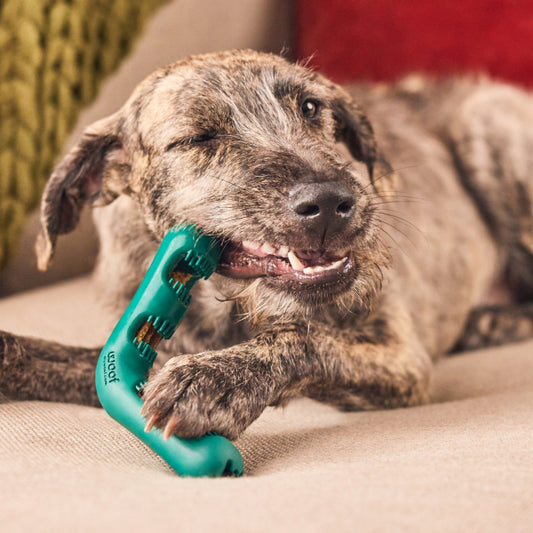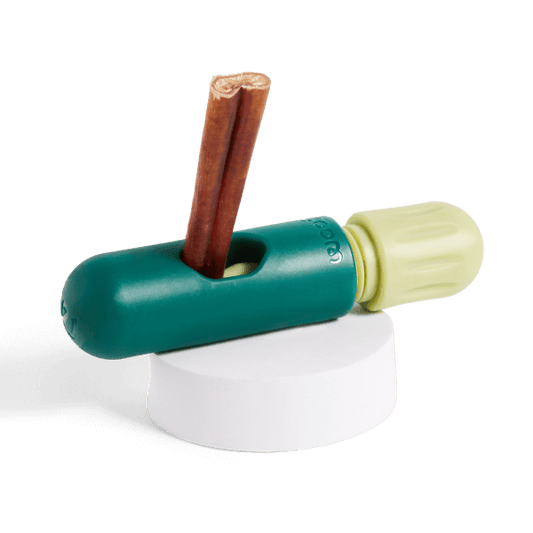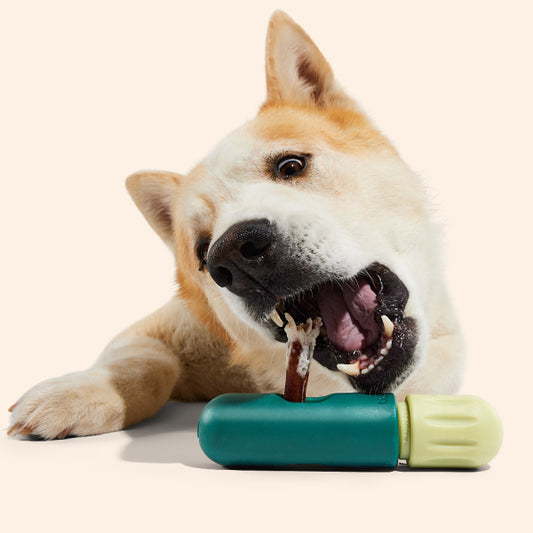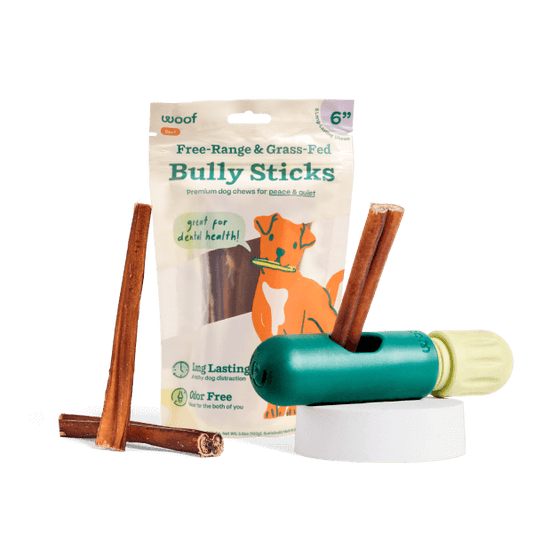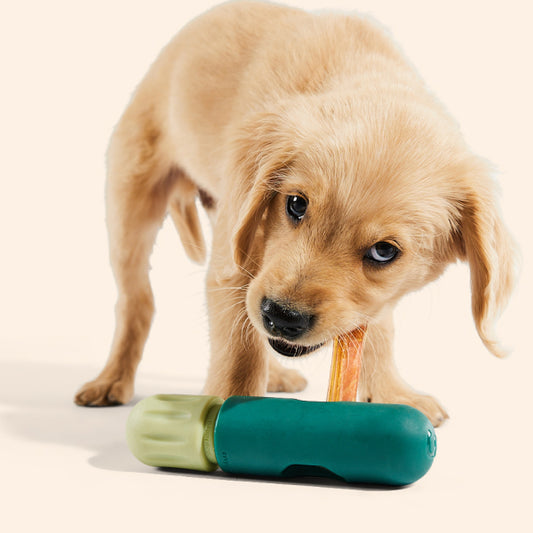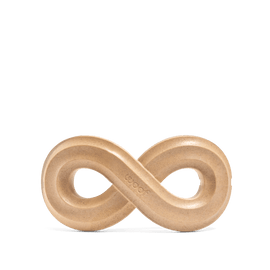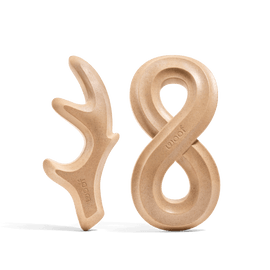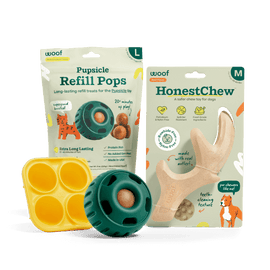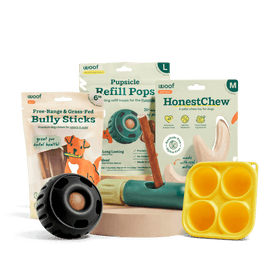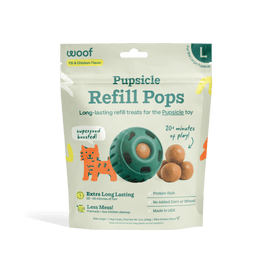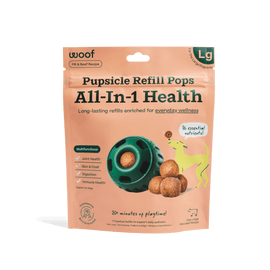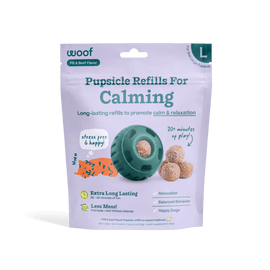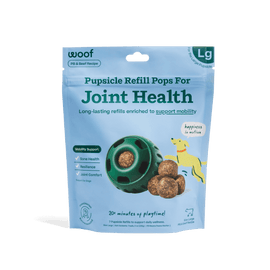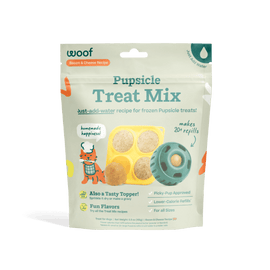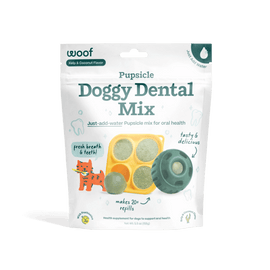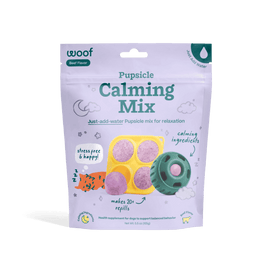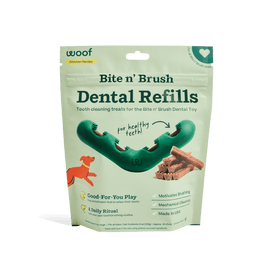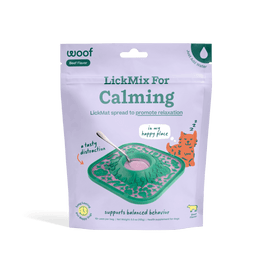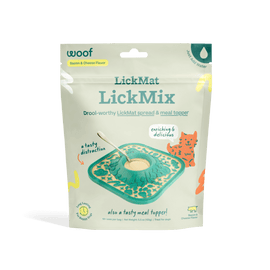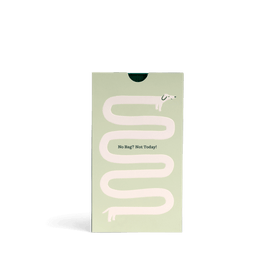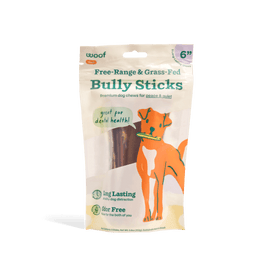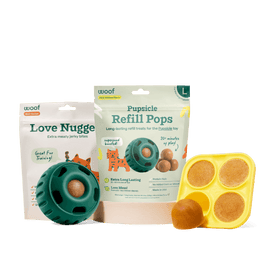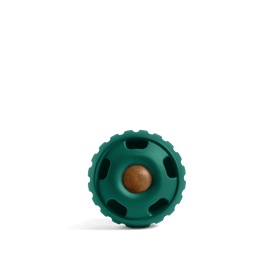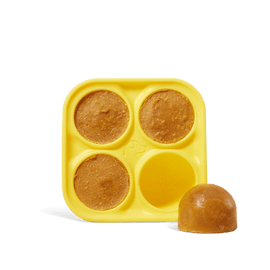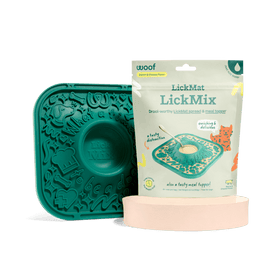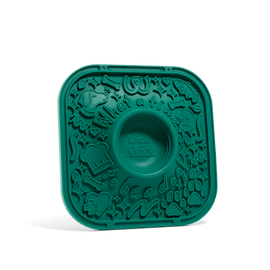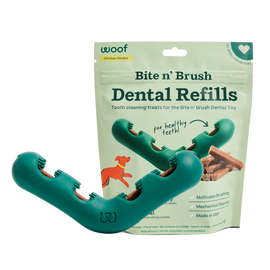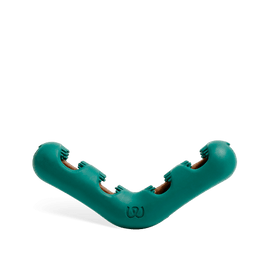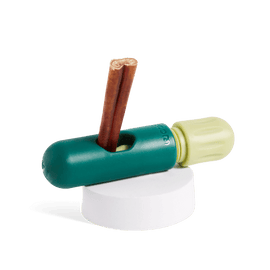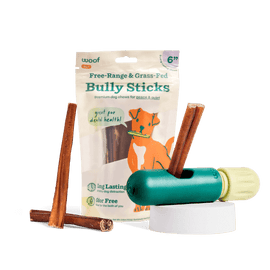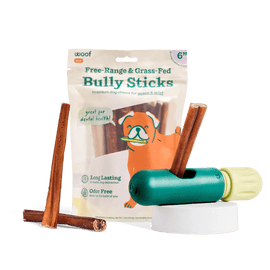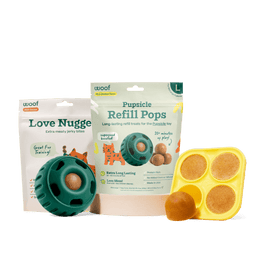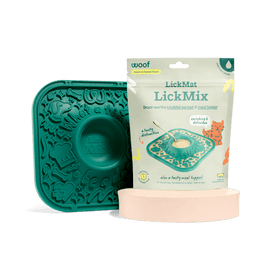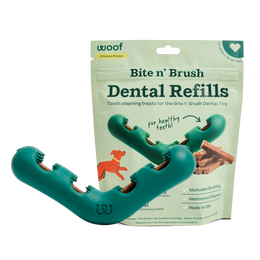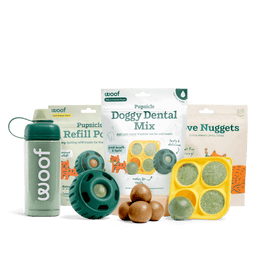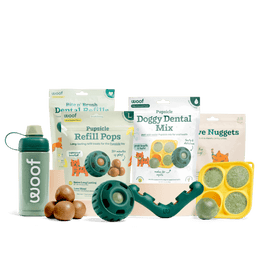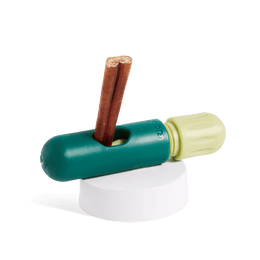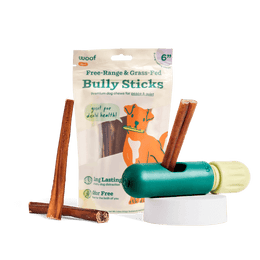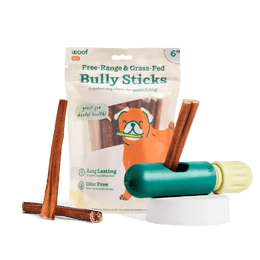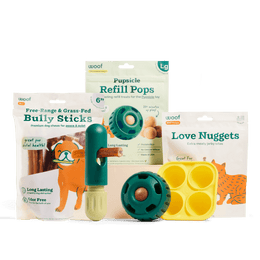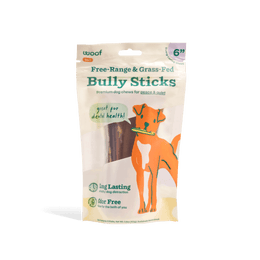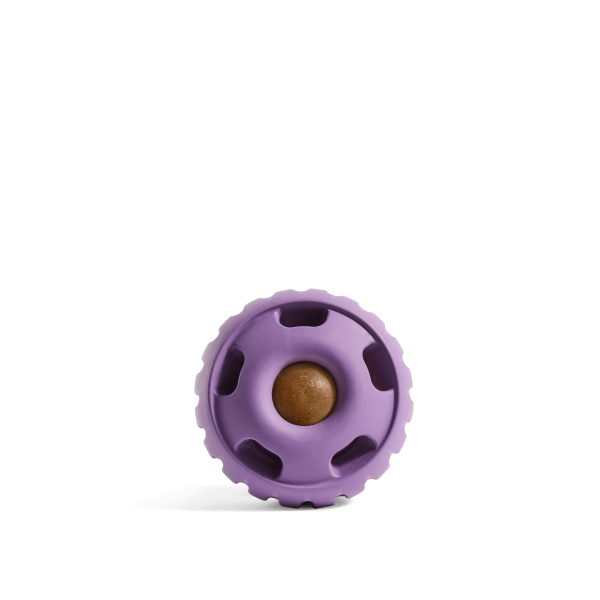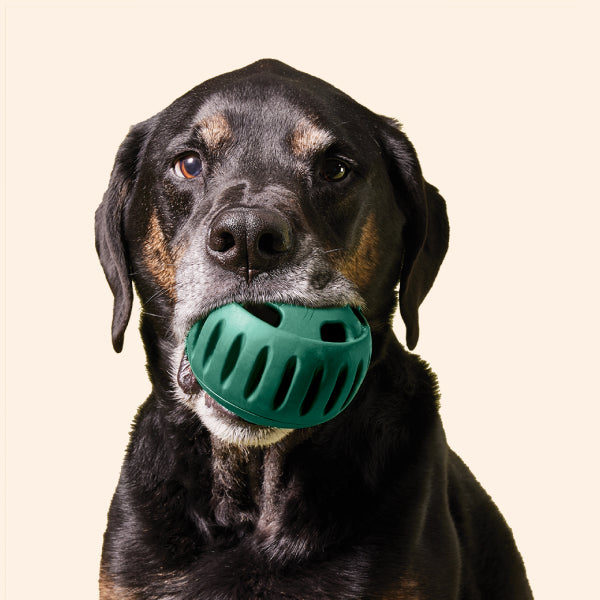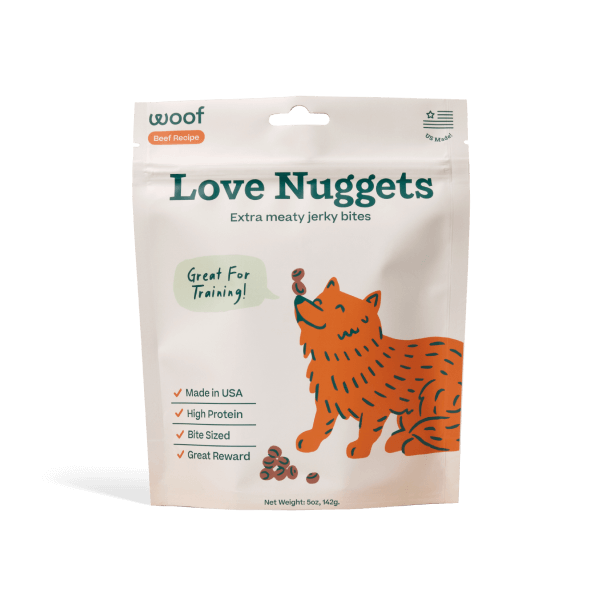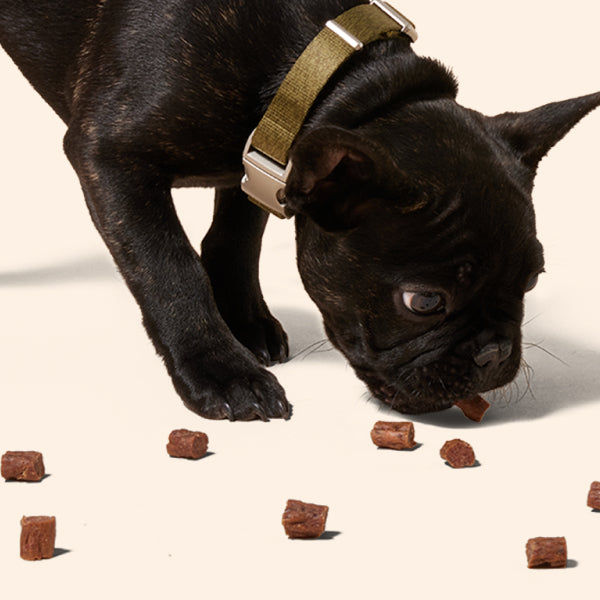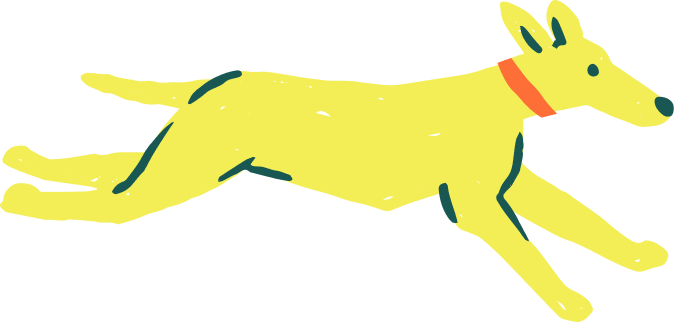
For active dogs, the leash is more than a restraint—it's a lifeline between exploration and safety, freedom and control. Choosing the right leash can dramatically improve both your dog's experience and your peace of mind, especially if your pup thrives on vigorous activities like trail running, hiking, or urban adventures. The science of movement, materials engineering, and even dog psychology all point to one clear truth: durable, lightweight leashes are the superior choice for active dogs.
The Physics of Movement: Why Weight Matters
In biomechanics, momentum and leash drag are critical considerations. A heavy leash not only puts undue stress on the dog’s neck and body but also hinders their natural gait and agility. The added weight creates subtle resistance, disrupting a dog's stride pattern and tiring them prematurely.
For active dogs who engage in interval bursts, quick turns, and long-distance movement, the goal is to minimize any external load. Lightweight leashes allow the leash to become an almost imperceptible tether, ensuring:
- Fluid motion with minimal drag.
- Better proprioception (body awareness) in complex environments.
- Reduced fatigue over long adventures.
From an engineering standpoint, high-tensile, low-mass materials like woven nylon, bioThane, or advanced poly blends offer impressive strength without the unnecessary heft.
Durability Meets the Demands of Nature
Active dogs subject their gear to extreme conditions—be it abrasion from rocky paths, exposure to saltwater, UV rays, mud, or snow. A flimsy leash simply won't survive this kind of abuse.
Durability isn’t just about thickness; it's about tensile integrity, tear resistance, and weatherproof coatings. Advanced leashes often incorporate:
- Anti-fray weaves to prevent microtears.
- Water-resistant coatings that prevent mold and odor buildup.
- Corrosion-proof hardware like aviation-grade aluminum or stainless steel.
Durable leashes reduce failure points, which is crucial when you're in environments where losing control could mean disaster (busy streets, wildlife areas, cliffs).
The Psychological Element: Freedom Without Fear
Dogs, like humans, are highly sensitive to tactile cues and psychological tension transmitted through the leash. A heavy, rigid leash can increase handler frustration and inadvertently signal anxiety or impatience through the line.
Conversely, lightweight leashes improve handler-dog communication, allowing more nuanced signals via the leash. This encourages:
- Confidence-building in new or challenging environments.
- Reduced leash reactivity due to less tension being transmitted.
- Enhanced off-leash behavior training since the dog perceives less restraint.
This is especially vital for breeds with high prey drive or nervous tendencies, where leash pressure can trigger negative behaviors.
Comfort and Safety for Humans, Too
Long hikes and trail runs put as much strain on the human as the dog. A lightweight, ergonomic leash means:
- Less wrist, shoulder, and back fatigue.
- Improved balance when navigating rough terrain.
- Better grip through padded, anti-slip handles.
Hands-free options that integrate waist belts also center the force on the core, which is more biomechanically efficient than wrist-led leashing. This design enhances balance and reduces tripping hazards.
The Hidden Cost of Heavy, Low-Quality Leashes
While bargain leashes might seem like a good deal, they often lead to:
- Frequent replacements.
- Unexpected breakages in critical situations.
- Injury risks to both dog and handler.
In contrast, investing in a durable, lightweight leash is an upfront decision that pays dividends in safety, enjoyment, and gear longevity.
Pair It With Woof Rewards for the Ultimate Adventure Experience
After an exhilarating outing, reward your active pup with engaging, calming treats that help them decompress. Try the:
- The Pupsicle for a refreshing, long-lasting frozen treat.
- Love Nuggets as a delicious post-adventure snack that says, "You crushed it, buddy!"
These treats not only provide a satisfying end to the adventure but also reinforce positive post-exercise rituals that support both physical recovery and mental calm.

